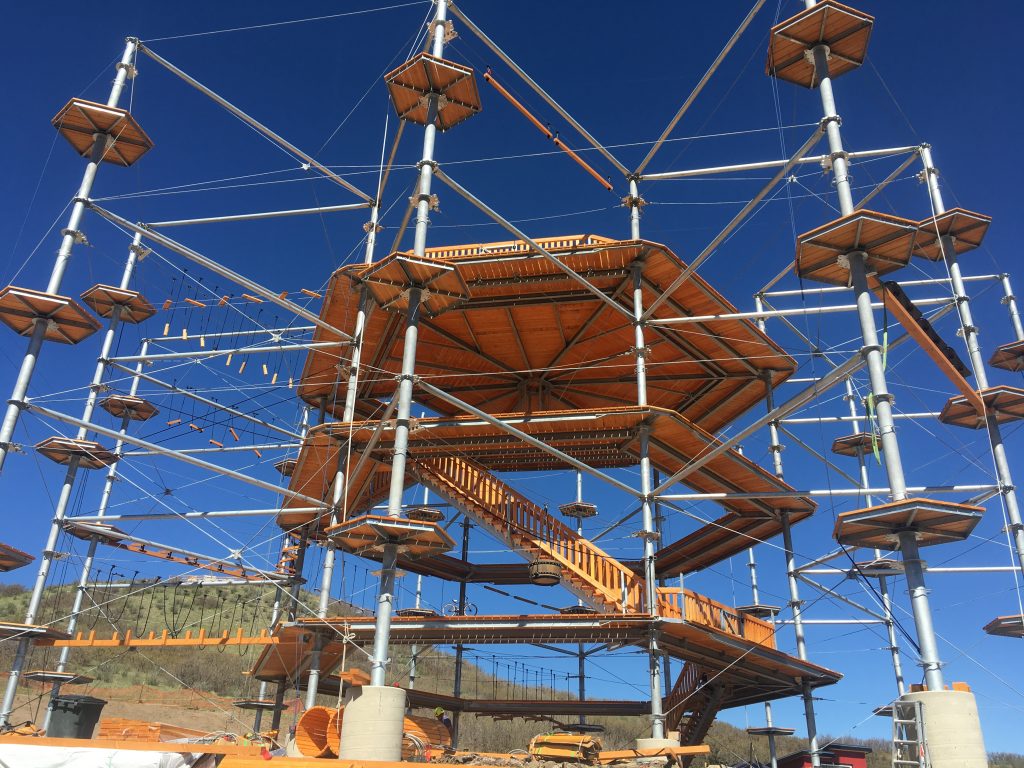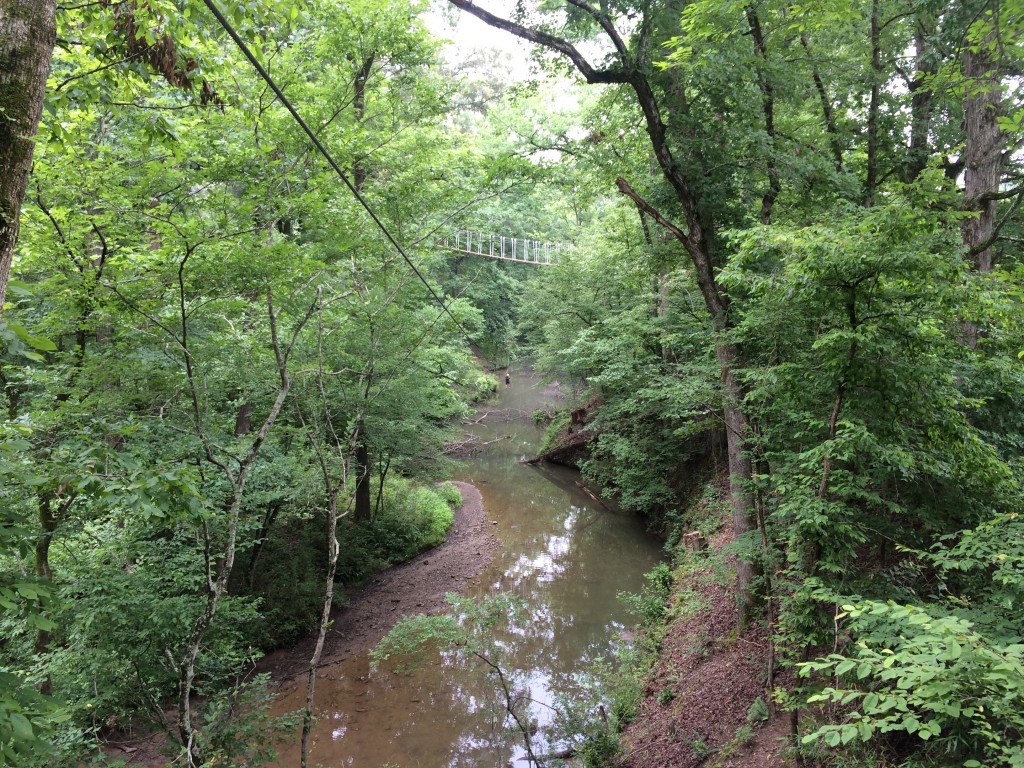This article first appeared in Adventure Park Insider
By Paul Cummings
So you’ve decided to build an aerial adventure park—congratulations! You are about to embark on a fun and exciting journey into the world of adventure business. But you’re not on your own. There are plenty of firms out there whose job it is to help you on your quest—and you’re going to need them.
One of the most critical partnerships you will make is with the firm you select to build your park. Not only are builders typically the largest expense as you open your park—making up around 50 to 60 percent of startup costs—but they will also impact how much hair you will have left on your head after your park has been built. So, how do you pick the best one?
First, let’s start with design. Actually, scratch that. The first thing you should do is go out and experience as many aerial adventure parks as you possibly can. Honestly, this is one of the most fun and exciting parts of opening an adventure park. This is how to learn what you like and don’t like about existing operations. Pick the best parts from each, and figure out how to combine them to create a quality experience for your eventual participants.
Be sure to climb on different types of parks as you explore the wide variety of existing designs. Ideally, these will include tree-based parks, wooden pole-based parks, steel pole-based parks, indoor parks, hub-and-spoke designed parks, and linear trail parks. Yes, this will likely involve travel outside of your market and geographic area. It’s a tough job, but someone has to do it.
Talk to staff and guests at each park and find out what they like. Be sure to also ask them what they would change about that particular park, and why. Aerial park personnel are usually a pretty chatty bunch, and you should be able to glean a wealth of information from them. If you are not visiting a potential direct competitor of yours, you should also talk to the owners, and find out what their experience has been.
Once you’ve researched different parks (and probably found some new muscles you didn’t know you had), it’s time to start the task of finding the right builder for you.
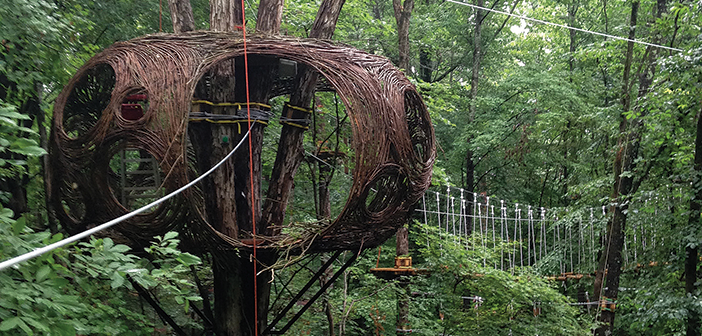
Bonsai Design Creation: A nest built into a zip line course at Ijams Nature Center, Ky.
What do they build?
No two builders build the exact same thing. This is why it is so important to visit and climb on a few parks designed by different builders. Even if the basic design is the same (tree-based, pole-based, linear, hub-and-spoke), there will be subtle differences on everything from the height of the belay cables to the shape of the zip line landing platforms. Participant equipment will vary as well. Different builders use different harnesses and belay systems. And then there’s the eternal question that all adventure park operators will eventually ask: helmet, or no helmet? Only by visiting numerous parks will you really gain an understanding for what each builder is “about.”
How long does it take?
We’re talking about the time it takes from signing the contract to opening day. The time frame provided by your builder may seem reasonable, but keep in mind there are often delays in the rest of the process that can stall your build. Financing, zoning, permitting, and weather delays are the most common contributors to unforeseen hold-ups.
What is their lead time?
By the time you read this, it is probably too late to open by spring of 2017 if you haven’t yet contracted with your builder. Many of the top builders book up several months in advance, and almost everyone wants to open in the spring. Find out how much lead time your preferred builder requires, and be sure to budget more time than you think you will need so that you can secure the builder you want.
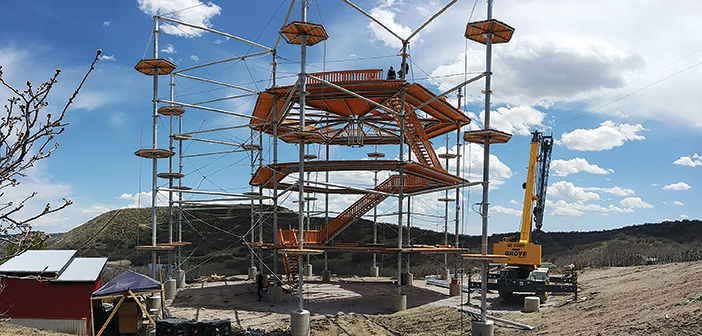
All part of the job: KristallTurm installed the masts for the Epic Sky Trek Tower at Castle Rock Zip Tours in Castle Rock, Colo.
What is included in their costs, and what isn’t?
Every proposal and cost structure is designed a little bit differently, so it’s important to make sure you know what costs should be included. The following list outlines some of the top costs associated with building an aerial adventure park. When reviewing proposals, you should look for the following:
Shipping. Does the builder cover the transportation of the building materials, or do you? This may seem simple, but these costs can add up quickly if they are not accounted for.
Storage. Once the materials and supplies arrive on site, where do you put it all? Secure storage may be necessary to prevent theft and weather damage, and builders may or may not have a plan already in place for this.
Insurance. General liability, automotive, and builder’s risk are just some of the insurance coverages you may need for your project in the construction phase. These may not show up as itemized costs in the proposal, but they are definitely worth asking about.
Equipment/Participant Gear. Often overlooked in contracts, you are going to need harnesses, lanyards, smart belay systems, rescue equipment, and other gear for your staff and participants. Sometimes the builder only supplies a small amount of participant equipment. Find out what gear they are using, and how much of it you will receive with your bid. If you are building a larger park, you will probably need more gear!
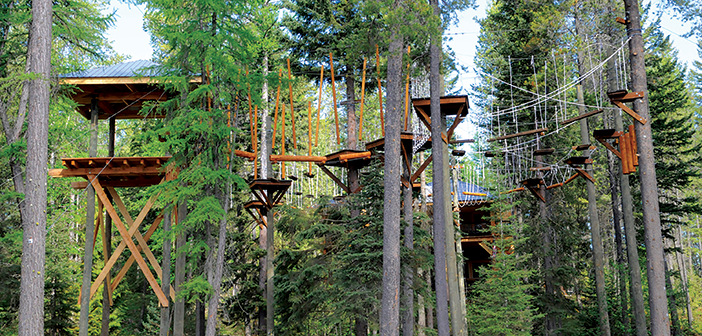
Aerial Designs crafted this course for Glacier Highline Aerial Adventure Park in Coram, Mont.
Heavy Equipment. Oftentimes, builders don’t include the cost of using cranes, bulldozers, and other earth-moving equipment, but this can be a huge unanticipated expense if you are not prepared for it. Be sure to find out if these tools will be necessary, and receive an estimate on the cost.
Foundations. Depending on your location and the type of course you are building, you may need concrete footings and foundations for parts of your park. Like many other land improvements, these are frequently the responsibility of the client. When you are soliciting bids, be sure to have a conversation about this when builders visit your site.
Assembly. There are builders that don’t construct the main support structure themselves, but require that you hire local labor to assemble it before they come in to string up the individual elements. As long as you know that this cost isn’t included in their proposal, it’s not a problem. But it is imperative to find that out in advance, so you don’t incur additional costs or experience delays in the project.
Training. Most builders will include some degree of safety and usage training with their courses. This should also be supplemented with customer service training and management training. Find out what the builders offer, and then supplement accordingly. Remember, this is an area where it is better to go overboard than the other way around.
Permitting. Will your builder be assisting you with the permitting needed for your course, or does that responsibility fall solely on your shoulders?
While these costs may seem straightforward, many of them may not be included in proposals, so be sure to do a comparison. We once worked with a client who compared almost identical proposals from two different builders. One of them came in $300,000 cheaper, which seemed very odd. Upon closer inspection, we realized the builder had omitted labor costs from his bid! So, make sure to cross-reference your proposals, and know that it never hurts to get a second (or third, or fourth) set of eyes on the costs.
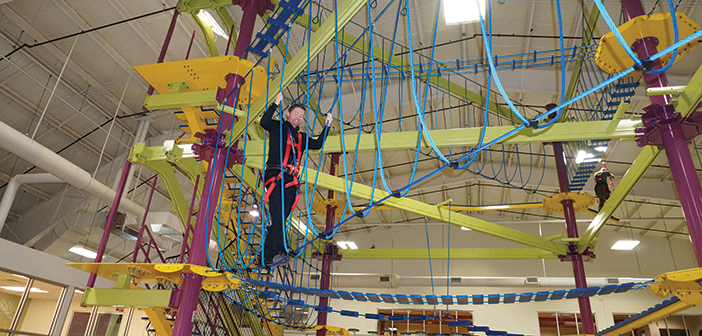
Ropes Courses, Inc. installed the Sky Trail Explorer at the South Shore YMCA in Hanover, Mass.
Are their existing clients happy?
Before making a final decision on a builder, be sure to obtain some client references from them, and call those clients to see how satisfied they are. Better yet, go out and climb on one of their parks, and if the park isn’t within your competitive radius, talk to the owners. This is different from your initial visits—and hey, it’s another great excuse to get out and climb! Plus, getting feedback from someone who has firsthand experience with your preferred builder is very valuable.
Commissioning
Once the park has been built, and all of the necessary permits have been obtained, what else needs to happen in order for the park to open? Find out if the builder will see you through the final steps of the process.
Ongoing Support
After your park is up and operating successfully, you will need to go through inspection and periodic review, and make sure that your equipment remains up-to-date. While a third-party operator typically conducts the inspection, most aerial park equipment has a specific shelf life and needs to be retired after a period of time. Your builder will also likely be your supplier for course and participant equipment, so you’ll want to have a conversation about equipment orders with your builder.
Overall Fit
At the end of the day, you will be spending a tremendous amount of time communicating with this person, or with this group of people. The metrics discussed in this story are all important, but ultimately, you’re embarking on a long-term business relationship with your chosen builder. Make sure you like doing business with them. Do they return your calls? Are they respectful of your questions? Do you “click,” or do you struggle to communicate? If the designs on different bids are similar, everything checks out from a cost perspective, the references are good, but you still can’t decide on a builder—go with your gut.
Final Thoughts
As you read through the different criteria, you’ll notice one recurring theme: have a conversation, and ask lots of questions! The more informed you are at the front end, the more you avoid hidden costs, project delays, and additional gray hairs. While a picture is worth a thousand words, a question could be worth hundreds of thousands of dollars. So don’t be afraid to dig in, talk to industry experts, and use this article as a reference as you embark on the quest to find a perfect builder.
And when you’re done, let us know. We can’t wait to come climb on your park!

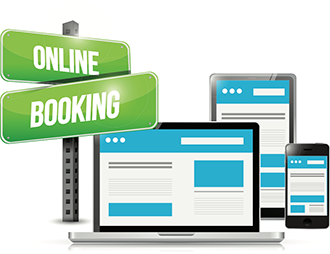 Let’s start at the beginning. The very first impression of your business is going to be your marketing system, starting with your website. In many ways, your online presence is a reflection of your quality of service.
Let’s start at the beginning. The very first impression of your business is going to be your marketing system, starting with your website. In many ways, your online presence is a reflection of your quality of service.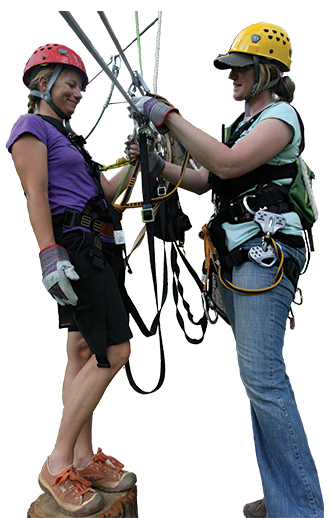 Once guests are checked in, they typically go through an orientation process. These vary by park, of course, but a good orientation should offer clear instruction and some hands-on practice with the equipment that will be operated at height. The experience should be thorough, but succinct. Don’t make your guests feel bored or overloaded with explanation.
Once guests are checked in, they typically go through an orientation process. These vary by park, of course, but a good orientation should offer clear instruction and some hands-on practice with the equipment that will be operated at height. The experience should be thorough, but succinct. Don’t make your guests feel bored or overloaded with explanation.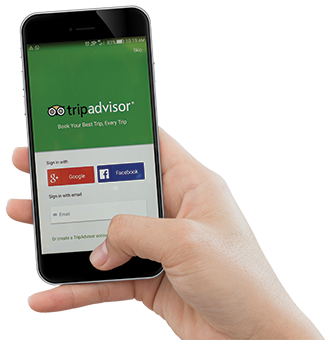 Online Reviews: Every park and zip line tour operator seeks five-star reviews on Yelp and TripAdvisor. If you are looking for public, online reviews, make the process as easy as possible. Provide QR codes at your park, send a follow-up email with an incentive to write a review, and be sure to have your website updated. Most importantly, make sure the link you provide in all of your materials and messaging is accurate and goes to your park’s review page.
Online Reviews: Every park and zip line tour operator seeks five-star reviews on Yelp and TripAdvisor. If you are looking for public, online reviews, make the process as easy as possible. Provide QR codes at your park, send a follow-up email with an incentive to write a review, and be sure to have your website updated. Most importantly, make sure the link you provide in all of your materials and messaging is accurate and goes to your park’s review page.